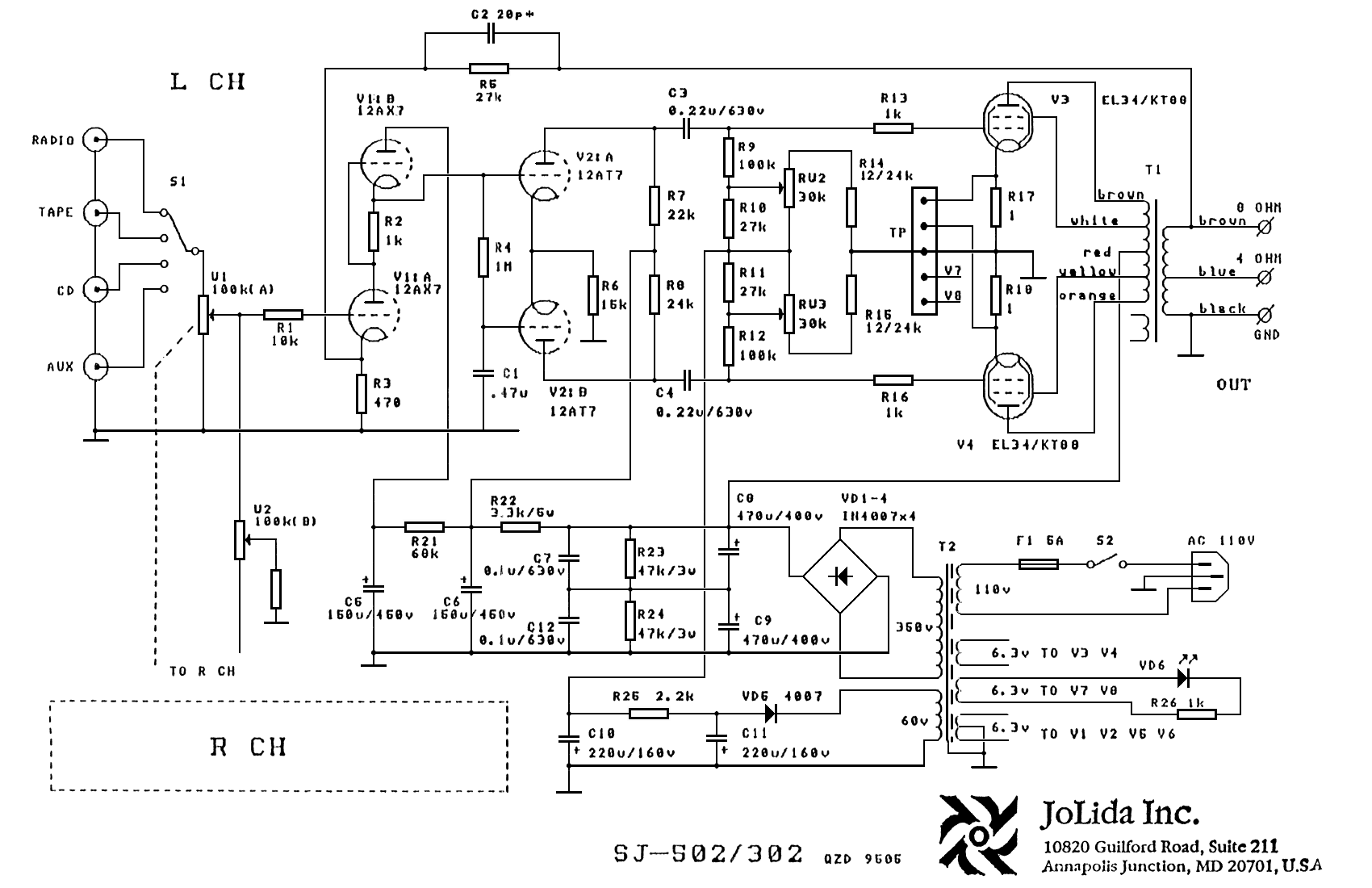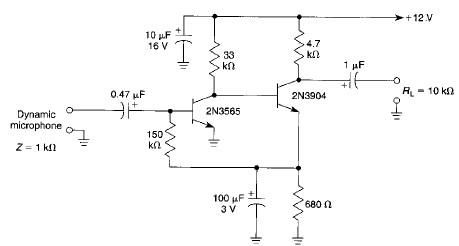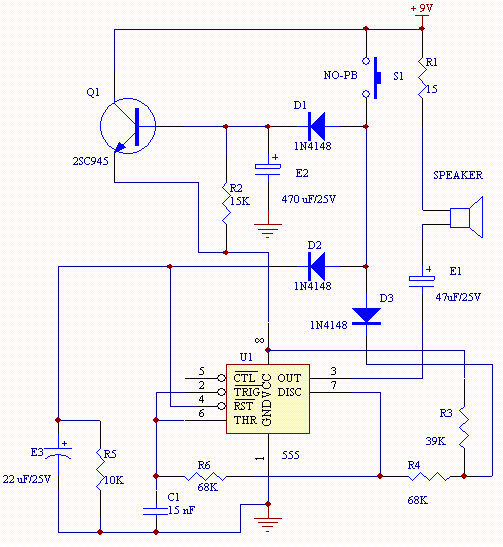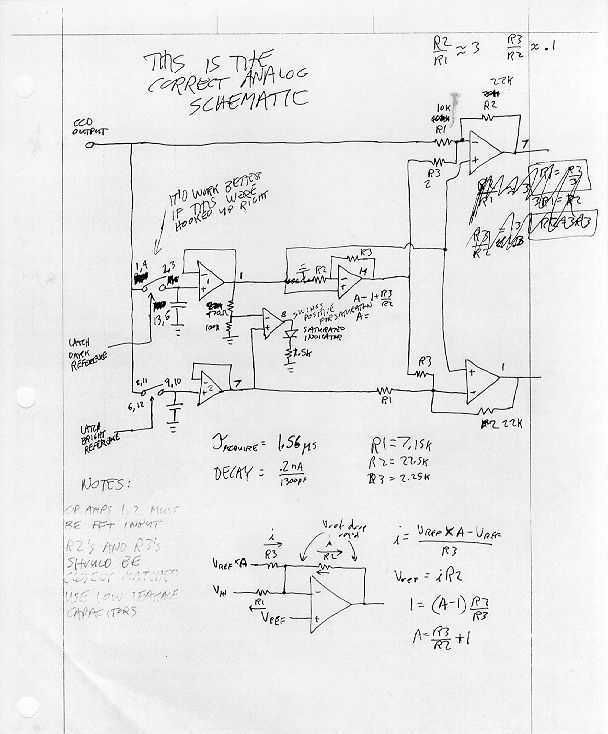
Project choice for KT88

A high-power amplifier will be constructed using the KT88 vacuum tube. Several circuit designs have been found for this purpose. The inquiry focuses on determining which circuit design offers superior quality for construction.
The KT88 is a popular power vacuum tube known for its high output power and excellent audio quality, making it a favored choice in high-fidelity audio amplifier designs. When selecting a circuit for a high-power amplifier using the KT88, several factors must be considered, including the topology, power supply requirements, and overall design efficiency.
Common circuit topologies for KT88 amplifiers include single-ended and push-pull configurations. Single-ended designs typically offer a warmer sound and simpler circuitry, but they may have lower power output and higher distortion levels. In contrast, push-pull configurations can provide higher power output, improved efficiency, and reduced distortion, making them more suitable for high-power applications.
Power supply design is critical in ensuring the amplifier operates effectively. A well-regulated power supply with sufficient voltage and current ratings is necessary for the KT88 to perform optimally. Additionally, incorporating filtering capacitors will minimize ripple and noise, enhancing audio clarity.
The choice of output transformer is also significant, as it affects the amplifier's frequency response and overall sound quality. A high-quality output transformer designed for the KT88 should have appropriate impedance matching to achieve maximum power transfer and reduce distortion.
Furthermore, component selection within the circuit, including resistors, capacitors, and coupling methods, plays a vital role in the performance of the amplifier. High-quality components will contribute to the overall sound fidelity and reliability of the amplifier.
In conclusion, when building a high-power amplifier using the KT88, it is essential to carefully evaluate the circuit design, power supply, output transformer, and component quality to achieve the desired audio performance and reliability.I plan on building a ""high power"" amp using the KT88. Found the following circuits: 1) Which will be the better quality one to build? 2) Are .. 🔗 External reference
The KT88 is a popular power vacuum tube known for its high output power and excellent audio quality, making it a favored choice in high-fidelity audio amplifier designs. When selecting a circuit for a high-power amplifier using the KT88, several factors must be considered, including the topology, power supply requirements, and overall design efficiency.
Common circuit topologies for KT88 amplifiers include single-ended and push-pull configurations. Single-ended designs typically offer a warmer sound and simpler circuitry, but they may have lower power output and higher distortion levels. In contrast, push-pull configurations can provide higher power output, improved efficiency, and reduced distortion, making them more suitable for high-power applications.
Power supply design is critical in ensuring the amplifier operates effectively. A well-regulated power supply with sufficient voltage and current ratings is necessary for the KT88 to perform optimally. Additionally, incorporating filtering capacitors will minimize ripple and noise, enhancing audio clarity.
The choice of output transformer is also significant, as it affects the amplifier's frequency response and overall sound quality. A high-quality output transformer designed for the KT88 should have appropriate impedance matching to achieve maximum power transfer and reduce distortion.
Furthermore, component selection within the circuit, including resistors, capacitors, and coupling methods, plays a vital role in the performance of the amplifier. High-quality components will contribute to the overall sound fidelity and reliability of the amplifier.
In conclusion, when building a high-power amplifier using the KT88, it is essential to carefully evaluate the circuit design, power supply, output transformer, and component quality to achieve the desired audio performance and reliability.I plan on building a ""high power"" amp using the KT88. Found the following circuits: 1) Which will be the better quality one to build? 2) Are .. 🔗 External reference





